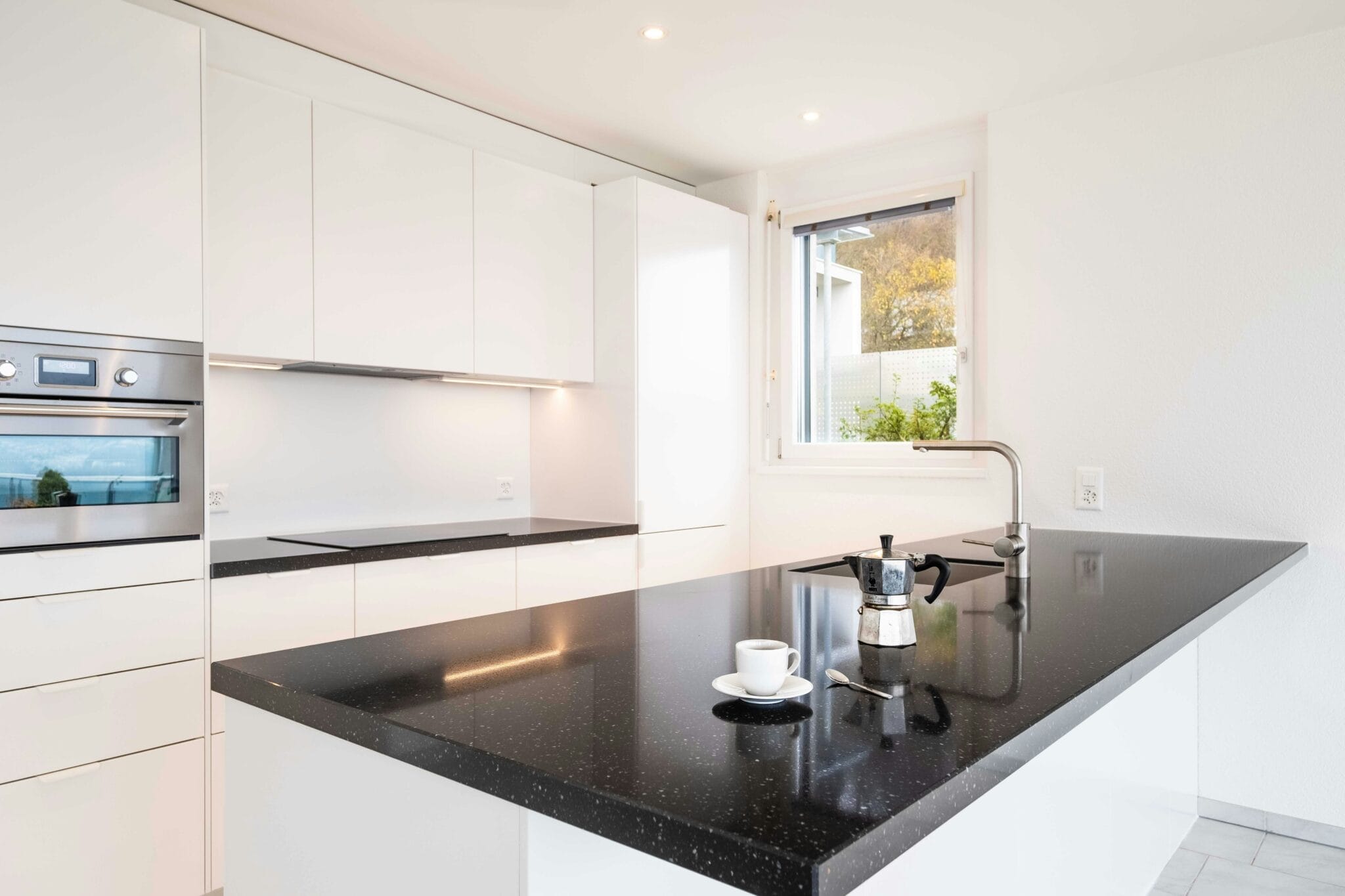
Restoring old furniture can be a fun and rewarding project. Instead of throwing away that old chair or table, why not bring it back to life? With a little effort, you can make your furniture look beautiful again.
In this guide, we’ll walk you through the steps to restore your furniture, using simple and easy-to-follow instructions.
Why Restore Old Furniture?
Restoring old furniture is a great way to save money and help the environment. Here are some reasons why it’s worth doing:
- Save Money: Instead of buying new furniture, you can fix up what you already have.
- Keep Memories Alive: Some old furniture has sentimental value. Restoring it helps keep the memories alive.
- Be Creative: You can add your personal touch to the piece, making it truly unique.
- Help the Planet: Reusing furniture reduces waste and helps the environment.
What You’ll Need
Before you start, gather the materials you’ll need. Here’s a basic list:
Tools
- Sandpaper (coarse and fine grit)
- Screwdriver
- Paintbrushes
- Cleaning cloths
- Gloves
Materials
- Wood cleaner
- Wood filler (if needed)
- Primer
- Paint or stain
- Sealer
Step 1: Choose the Right Piece
Start by picking a piece of furniture you want to restore. It could be an old wooden chair, table, or dresser. Make sure it’s sturdy and worth saving. If it’s falling apart completely, it might be better to recycle it.
Step 2: Clean the Furniture
Cleaning is the first and most important step. Dirt, grease, and old polish can make it hard to work on the furniture.
How to Clean:
- Use a damp cloth and a mild wood cleaner.
- Wipe the furniture thoroughly to remove dust and grime.
- Let it dry completely before moving to the next step.
Step 3: Inspect for Damage
Check the furniture for cracks, loose screws, or missing parts. This step is important to ensure the piece is strong and safe to use.
Fixing Damage:
- Use a screwdriver to tighten loose screws.
- Apply wood filler to cracks or small holes.
- Replace any broken parts if possible.
Step 4: Sand the Surface
Sanding removes the old finish and makes the surface smooth. This helps the paint or stain stick better.
How to Sand:
- Start with coarse-grit sandpaper to remove the old finish.
- Switch to fine-grit sandpaper for a smooth finish.
- Always sand in the direction of the wood grain.
Step 5: Apply Primer
Primer helps the paint stick to the furniture and gives a smooth finish. It’s especially important if you’re painting over dark wood or a shiny surface.
How to Apply Primer:
- Use a clean paintbrush to apply a thin layer of primer.
- Let it dry completely before moving to the next step.
Step 6: Paint or Stain
This is where the magic happens! You can choose to paint the furniture or use a wood stain to highlight its natural beauty.
Painting:
- Use a paintbrush or roller to apply the paint.
- Apply two coats for the best results. Let the first coat dry before adding the second.
Staining:
- Use a clean cloth to apply the stain.
- Wipe off excess stains with another cloth.
- Let it dry completely.
Step 7: Apply a Sealer
A sealer protects the furniture and keeps it looking great for years. It also makes the surface easier to clean.
How to Apply a Sealer:
- Use a paintbrush to apply a thin, even coat of sealer.
- Let it dry completely before using the furniture.
Step 8: Add Final Touches
Now it’s time to make your furniture stand out. Add knobs, handles, or decorative accents to give it a fresh look.
Tips for Success
- Work in a well-ventilated area.
- Be patient and let each step dry properly.
- Practice on a small piece of wood if you’re new to furniture restoration.
Conclusion
Restoring old furniture is a wonderful way to bring life back to something old and worn out. It takes time and effort, but the results are worth it.
Plus, you’ll have a piece of furniture that’s both beautiful and meaningful.
So grab your tools and get started on your next furniture restoration project today!